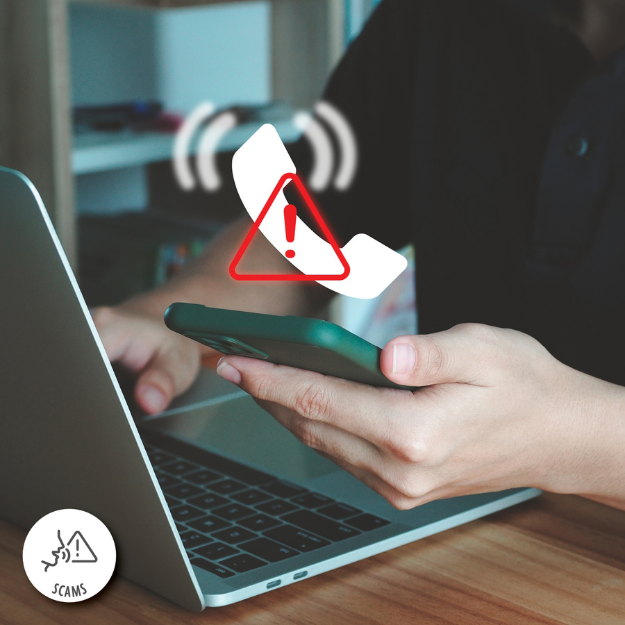Emergency Funds – Not Just For Adults
Divvying up your kid’s allowance into different jars, each with a specific label and purpose, has become pretty standard. Your kids probably have one jar for savings, one for spending and maybe another for giving.
What most parents and kids omit, though, is one more jar for emergencies. Yes, emergencies, even for kids. Granted, they won’t be shelling out thousands of dollars for a roof repair or a medical crisis like their parents might, but emergencies come in all shapes and sizes, and to all-sized people.
No one needs convincing that having funds for an unexpected expense is crucial to financial security. In fact, building an emergency fund is the first of Dave Ramsey’s famous seven baby steps for getting out of debt. It’s definitely something you want to build into your kids’ psyche. So why not start now?
Some examples of small and not-so-small emergencies for children are:
- The pair of new sneakers left in the locker room after PE, now gone forever
- The shattered car window from an overeager, but poorly aimed, baseball
- The huge data plan overage charge
- The misplaced spending money for an afternoon at the mall
So yes, kids have emergencies. Helping them set up a fund to pay for some of these mini crises instead of bailing them out each time will teach them to be prepared.
Here’s how to do it:
- Help your kid add an extra jar to their existing set and mark it for emergencies.
- Allocate a portion of your kid’s weekly allowance or chore payment to the emergency fund.
- With your child, create a goal for the new jar. For a younger child, $25 should be enough, with the number steadily growing to about $100 for preteens.
- Once the jar has hit its target, revert back to the original division of money among the other jars.
The next time your child has a financial emergency, have them pay for all or part of it. It’s okay to share the costs for larger emergencies, or even for smaller ones. Your child will still learn responsibility by coughing up some of the funds on their own.
These should be situations due to negligence, irresponsible behavior or simple forgetfulness on the part of your child.
When the fund is depleted for an emergency, be sure to encourage them to replenish it by going back to step two.
Remember, it’s baby steps like these that will prevent your child from having to crawl their way out of debt later on in life.



